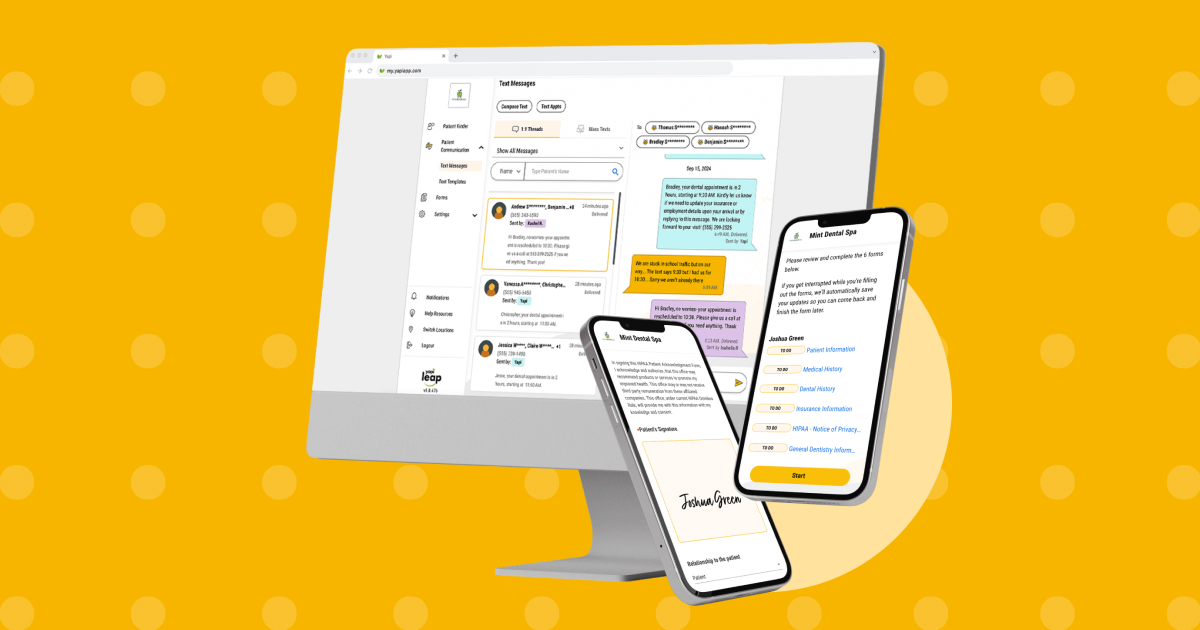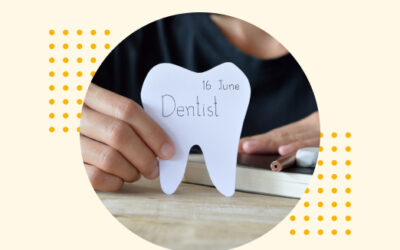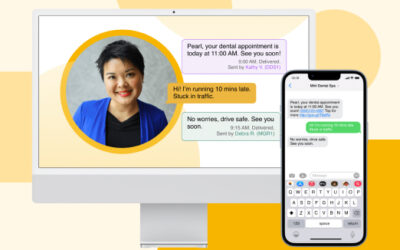
For modern dentist offices, effective communication is key for providing excellent patient care. While the market contains plenty of dental patient communication software boasting an array of features, the true effectiveness of any tool is determined by its team adoption. The best dental software is defined not by the number of features, but by whether your team is comfortable using it and does so on a consistent basis. A tool could be packed with advanced features, yet if it’s not user-friendly or aligns poorly with the team’s workflow, it will remain underutilized. This underutilization leads to a gap in potential benefits, from improved patient experience to simpler and more fluid office operations.
Factors Influencing Software Adoption
A qualitative study on the factors influencing the adoption of new technologies into dental practice discovered that the attributes of the technology themselves emerged as primary influencers. Adoption was influenced by its simplicity and compatibility with existing routines/beliefs.
According to a study published by the National Center for Biotechnology Information (NCBI), electronic dental record (EDR) adoption for clinical support was 52%. The study also discovered that younger dentists, dentists with less than 15 years of experience, females, and group practices had higher adoption rates. EDR cost/expense, cost-benefit ratio, electronic format conversion, and poor EDR usability were the most significant barriers to adoption.
Ease of Use
A user-friendly interface in dental patient communication software is incredibly important. Simple, intuitive software encourages team members to use it on a regular basis, regardless of their background in technology. This ease of use reduces the learning curve significantly, allowing staff to quickly become proficient in using the tool. A simple and straightforward interface guarantees that essential tasks, such as scheduling appointments and sending out reminders, can be completed with ease, resulting in higher adoption and a more streamlined workflow in the dental office.
Integration with Existing Systems
The integration capabilities of dental communication software are critical to its adoption. It is important to use software that integrates with existing practice management systems, such as Dentrix, Eaglesoft, or Open Dental. This integration reduces operational issues by eliminating the need for employees to switch between multiple systems or re-enter data. Such integration ensures a smoother transition and continuity in patient care, resulting in higher acceptance and usage rates. The ability to synchronize patient data, appointments, and communication histories across platforms is important for the practice’s overall management.
Training and Support
Comprehensive training and ongoing support are key components of software that gets used and adopted throughout the practice. Staff are more likely to fully embrace software when they are provided with the resources and knowledge to do so. Hands-on training tailored to the specific needs of the dental practice make sure every team member, from the front desk to the dental hygienists, understands how to fully utilize the software’s features. Ongoing support, whether through a dedicated helpdesk or liaison, online resources, or regular updates, guarantees that the software meets the evolving needs of the practice and that any issues are addressed as soon as possible.
Overcoming Barriers to Adoption
Resistance to change is a natural response, especially in a busy office where simple and established routines are required to make it through the day. To ease the transition to new software, consider implementing the new tool in phases. Start with the most essential features that address immediate needs, allowing the team to gradually adapt without feeling overwhelmed. This phased implementation provides an opportunity for staff to get accustomed to the software at a comfortable pace, ensuring that each new feature is integrated into their daily workflow before moving on to the next.
In addition, technological anxiety can be a significant barrier, particularly for team members who are unfamiliar with digital tools. Training sessions on a regular basis are necessary for developing confidence, competence, and trust of these tools. These regular training sessions should not only cover the ‘how-tos’ of the software, but also the ‘whys’, demonstrating the benefits and efficiencies that come with using the tool. Helping each team member understand how the software will help them and the practice will increase adoption. Further, interactive, engaging training that allows for hands-on practice and immediate feedback can help to demystify technology, transforming fear into competence.
Involvement in the software selection process will increase team buy-in even more. When employees have a say in which tools they will use, it not only guarantees that the chosen software meets the team’s practical needs and preferences, but it also gives them a sense of ownership and commitment to its successful adoption. Gathering feedback from various team members, from receptionists to dental hygienists, ensures a well-rounded view of the practice’s needs, leading to a more informed and consensus-based decision.
Yapi as a User-Friendly Solution
Yapi stands out as a solution that understands the needs of dental practitioners. Its intuitive design simplifies patient communication and integrates effortlessly with popular dental practice management software. With robust support and straightforward interfaces, Yapi removes much of the resistance to new tools by easily demonstrating how the new way of doing things is better than the old, legacy habits.
Measuring the Success of a Communication Platform
A communication platform’s success in a dental practice can be measured quantitatively and qualitatively, providing tangible metrics to gauge its effectiveness. Improved user engagement is a key indicator, as evidenced by increased patient engagement between staff and patients via the platform. This could take the form of more frequent and effective communication, which would result in improved patient education and satisfaction.
Another important metric is a significant decrease in patient no-shows. A successful communication platform directly contributes to fewer missed appointments by providing efficient appointment reminders and simple rescheduling options. This not only optimizes the practice’s schedule but also ensures that patients stick to their dental hygiene routine and treatment plan.
Furthermore, streamlined methods of communication are essential. This includes how quickly and easily staff can access dental patients’ information, communicate internally, and contact patients. Improved efficiency in these areas results in a more efficient workflow, less administrative burden, and more time for staff to focus on care and increase patient satisfaction. Monitoring these metrics over time gives a clear picture of the software’s impact and provides insights for future optimization.
The Significance of Seamless Integration
The number of features in dental software is much less important than how well your team can and will use it when choosing the right tool. The goal is to find software that fits the team’s workflow and improves practice operations and patient care. Remember that the best dental patient communication software is one that your team will gladly and effectively use.


